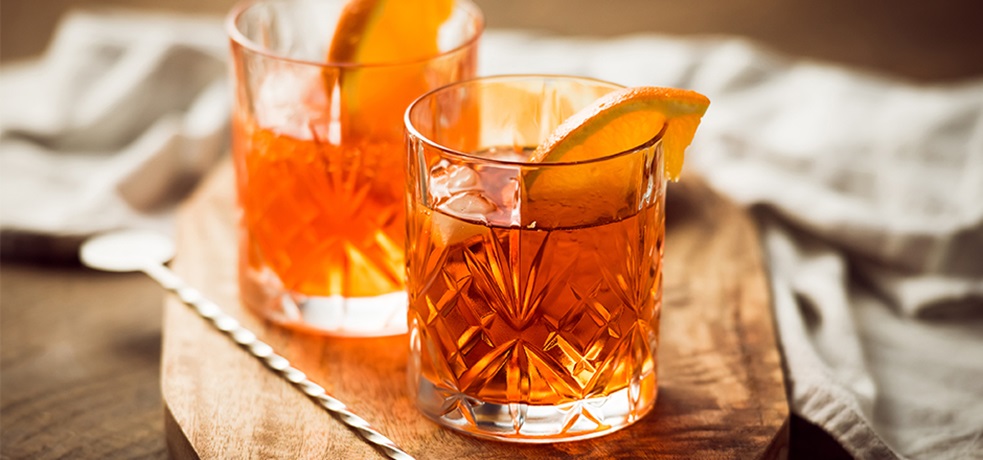

THE SPIRIT
- The Spirit
Tequila Time Celebration
Read Time 3 Minutes
Posted 31 Aug 2022
By winVintage
With the Day of the Dead celebrations kicking off on October 31, now is the time to embrace Tequila, the spirit crafted in Mexico from the agave blue weber plant.
Hands up whose experience of tequila extends as far as the well-worn triple threat: salt, lime, shot? It’s a fun way to consume this spirit, but recently, tequila connoisseurship has shifted up a gear, with producers focusing on the nuances of production and drinkers becoming enthralled by the different styles. One of Mexico’s most celebrated national days is The Day of the Dead, an opportunity to honour loved ones who have died. Tequila has played an important role in this festival for hundreds of years, becoming respected by people all over the world.


There’s much to learn about tequila. Did you know there are strict rules about where and how it can be produced? The primary rule is that 100 percent agave tequila must be made in Mexico in the state of Jalisco, including the town of Tequila, and in limited municipalities throughout the states of Nayarit, Guanajuato, Michoacán and Tamaulipas
How is tequila made?
Tequila is made from the juices of a common cactus, the Agave Tequilana Weber, also known as the Agave Blue Weber. The heart of the agave plant, called the piña, is the source of this time-honoured spirit.
The production process is simple: harvest, cut out the piña, cook the agave heart, grind the cooked agave to obtain the juices, ferment the juices, distil the fermented low-alcohol ‘beer’, age the beer where appropriate, then bottle the Tequila.

All about agave
There are many types of agave spirit. Mezcal (the generic term for agave spirits) is divided into tequila, mezcal, raicilla, bacanora, sotol and other spirits we never see outside the country of Mexico. So, this leads to the confusing but true statement that every tequila is a mezcal, but not every mezcal is a tequila.
Why? Mezcal can mean any agave spirit, but there is also a DO (Denomination of Origin) of mezcal, which is the world’s largest of its kind. Tequila can only be made with one type of agave, but there are 42 different agave species used for a variety of other agave spirits, each with its own flavour profile.
Agaves used to be wild-harvested and still are in mountainous parts of Mexico. But as most agaves take about eight years to attain the correct sugar content for harvesting, combined with the rising demand for agave spirits, wild agave is becoming sparse, so plantations have arisen to satisfy the demand. Most of the cultivated agave plants in the world are Blue Weber.
History of tequila
Mexican culture and the agave are inextricably linked, with the first references to the drinking of Pulque, a fermented beer made from the juices of the agave plant, dating back to AD1000. When the Spaniards entered Mexico in 1519, they, too, loved agave juice, but, as they had mastered the art of distilling, instead of drinking the beer, they distilled it and the agave spirit, tequila, was born.
Does tequila have a flavour profile?
Even if you single out one type of agave spirit to give it a flavour profile, such as tequila, it would be as impossible as it would be for a single-malt whisky. The diversity of flavour profiles is just as varied. The best tip is to try different styles of tequila. Sip it pure, not in a cocktail or on ice, and discover which flavour speaks to you.
Tequila facts
There are six types of Tequila:
• Mixto: 51% agave; 49% other sugars
100 percent Agave Tequilana Weber:
• Extra Añejo – aged in barrels for more than three years
• Añejo – aged in barrels for at least one year
• Reposado – aged for at least 60 days in barrels or vats
• Joven – aged less than 60 days usually in vats
• Blanco – no ageing (no additives allowed)
It’s worth noting that 1 percent colouring, taste and smell additives are allowed in all 100 percent Tequilas except blanco.
- The Spirit
- View More Posts The Spirit











